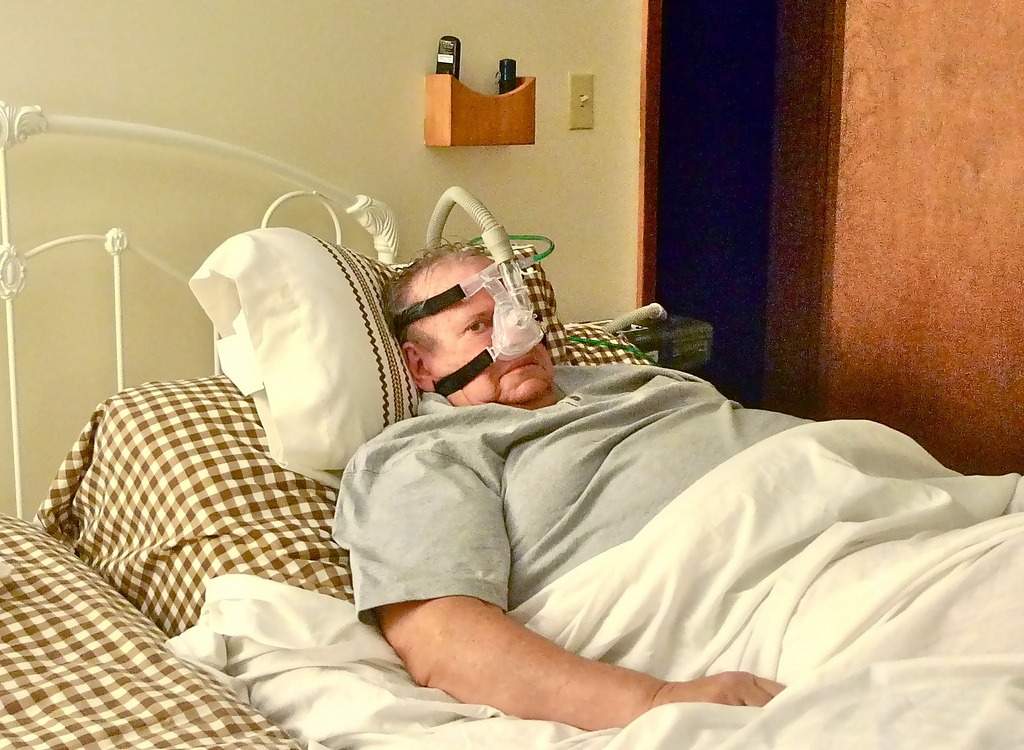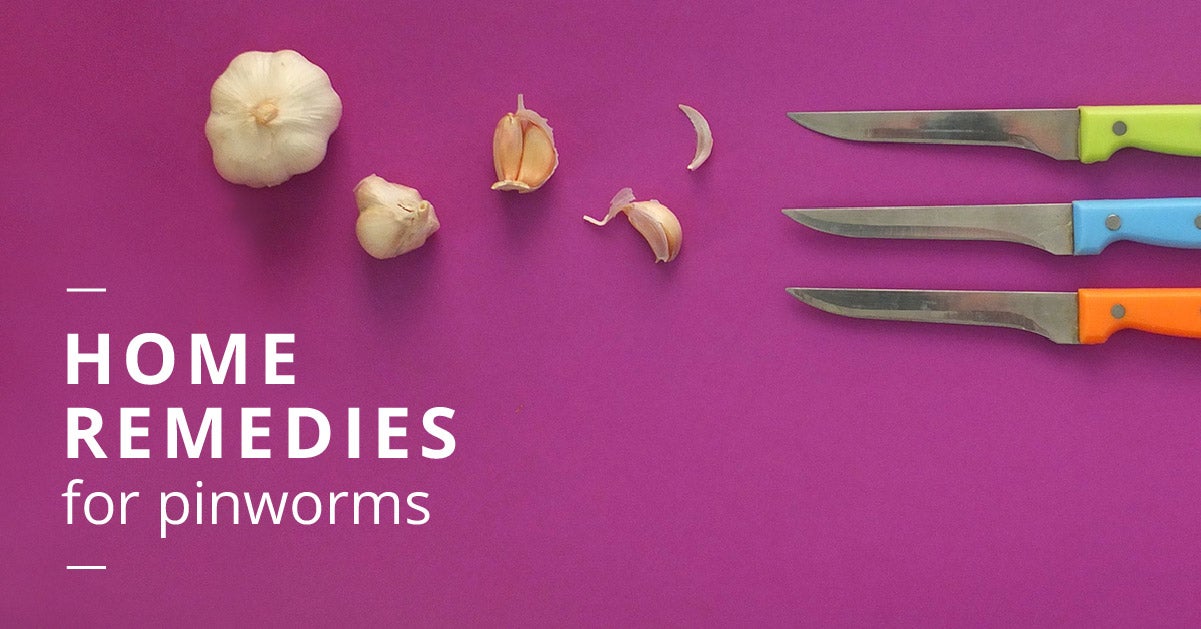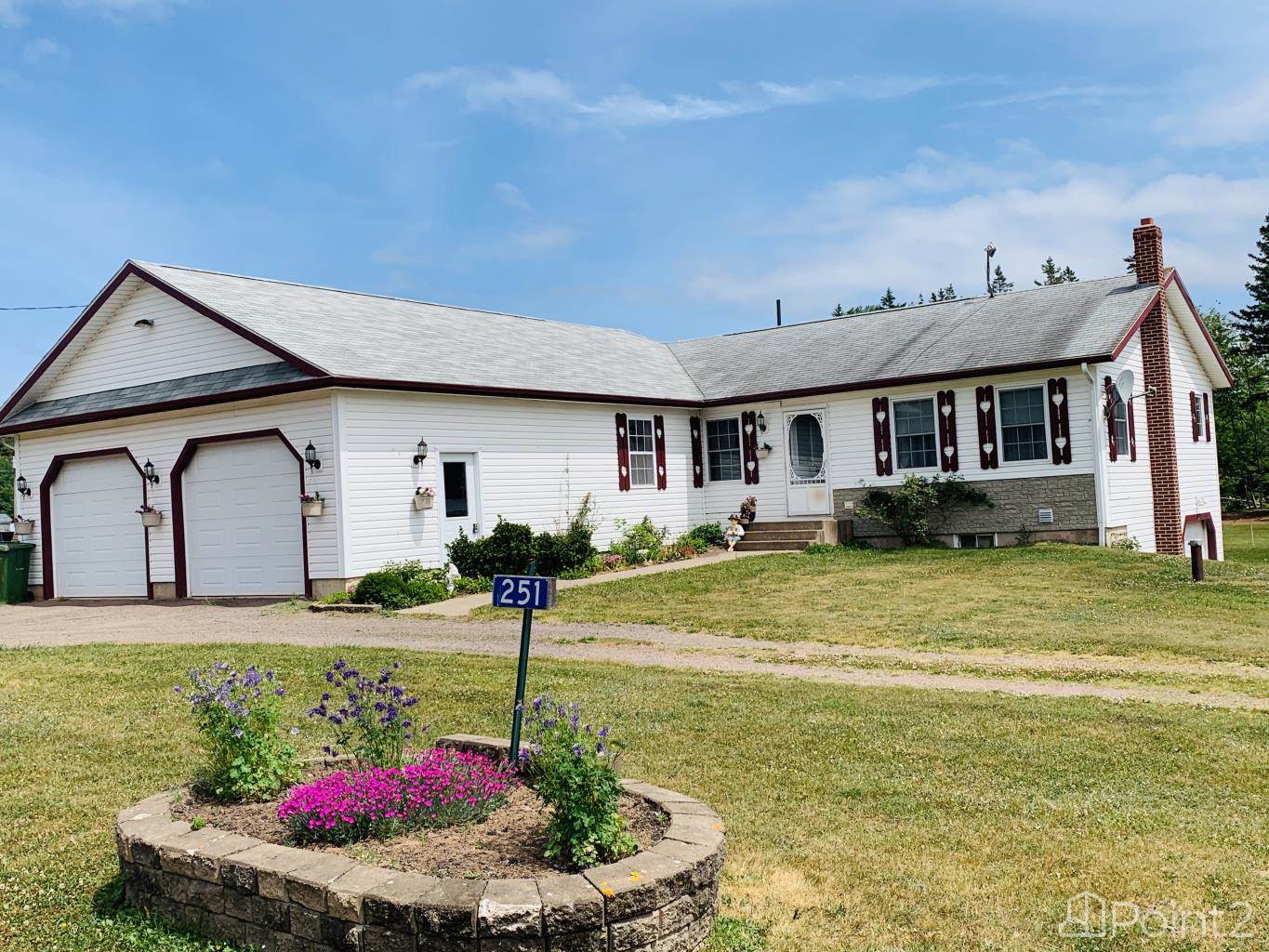Table of Content
The mask covering the nose and mouth supplies air pressure. You might need to try more than one type of mask to find one that's comfortable. Check with your doctor to see what changes can be made to increase your comfort. When you’re going to sleep or take a nap, turn it on with your remote and turn it off when you awaken. Traveling with your OAT is easy, too, since it fits in a small protective case. But just like with CPAP, never check your oral appliance.

Your AHI is the average number of times you experience these two events per hour of sleep. When you think about sleep apnea, snoring is likely the first thing that comes to mind. But this condition, which causes those who suffer from it to temporarily stop breathing while they sleep, can also leave them feeling groggy while they’re awake. The last step is to receive your custom treatment and start using it. As long as you use it each time you sleep, you’ll be free from the draining effects of sleep apnea.
Learn more about Sleep Studies
This can be potentially dangerous if you have a high-risk job or another health condition. While these numbers indicate if sleep apnea is present, your primary care physician or sleep health doctor will officially diagnose you and provide you with the next steps. Anyone who takes a sleep apnea test at home should go over their test results with their doctor. Home test devices provide raw data for your sleep doctor to analyze, but they do not diagnose OSA on their own. Your doctor can help guide you through setting up the equipment and attaching the monitoring devices correctly.

In addition, it takes a snorer more effort to breathe in than a non-snorer. While the presence of snoring doesn’t alone indicate sleep apnea, it’s one of the signs we look for. We’ll monitor this through a combination of sensors on the sleep test. Home sleep studies are much more affordable, between $200 and $500. Many people wonder if their insurance will cover an at-home sleep study.
What is Sleep Apnea?
Obstructive sleep apnea is a disorder that causes repeated disruptions in breathing during sleep. At-home testing is available when prescribed by a doctor, though some testing companies have their own physicians who can evaluate you. A trained technologist may explain how to use the testing device, and results from a home sleep apnea test are best interpreted by a doctor or sleep specialist. For a polysomnography sleep study, you’ll go into a lab. There, a technician will hook you up to various wires and sensors and monitor you while you sleep in the lab — usually overnight. After the in-lab study, a trained specialist will interpret the information that’s collected by the machines.

2021 NEWLY UPGRADED MODEL - All buckles have been replaced by magic tape to prevent slipping out and discomfort. The connection at the root of the shoulder strap and the zipper of the backpack have been enhanced. You can choose the most comfortable way to wear with our patented two-magic tape design. The deflated backpack is foldable, portable, washable, and ideal for travelling. FULL SPO2 VALUE - The ONLY LED pulse oximeter that can read and display up to 100% for SpO2. Specially designed soft silicone O2 sensor, stays on your finger comfortably and never slips during the whole night.
What Is an At-Home Sleep Apnea Test?
Data from the device is uploaded securely to a cloud-based database from a smartphone app. Once the doctor confirms they’ve received the data, you simply discard the testing device. The test is performed using a single-use, disposable device that a doctor sends home with you or can have shipped to your home.

It could be difficult to find an accessible location or one that accommodates your sleep preference. Just order the test, wear it for two nights, and get your results. We regularly assess how the content in this article aligns with current scientific literature and expert recommendations in order to provide the most up-to-date research. Users generally report that the WatchPAT is easy to use, affordable, and that Lofta has excellent customer service. What happens to your body after you take your first sip of alcohol? Learn the effects of drinking on your body and mental well-being.
If you are a candidate, and have high sleep apnea risk but no other health problems, then this test is for you. Dr. Foldvary–Schaefer states that if we don't suspect you have a sleep disorder, or have not found any significant lung or heart disease, you could be eligible for home sleep apnea testing. If you don't get treatment for sleep apnea in the right way, it can cause serious problems. Even worse, you could be at higher risk for cognitive impairment and progression to Alzheimer's. A normal blood oxygen level is 96% to 97%, while moderate oxygen desaturation ranges between 80% to 89 percent. Oxygen desaturation levels below 80% are considered severe.

In addition to diagnosing sleep apnea, certain home testing devices may be used to measure your response to treatment for obstructive sleep apnea. At Sleep Foundation, we personally test every product featured in our reviews and guides. This hands-on approach allows us to provide accurate, data-driven recommendations for mattresses, pillows, sheets, and other sleep essentials. Regular exercise can help ease the symptoms of obstructive sleep apnea even without weight loss. Try to get 30 minutes of moderate activity, such as a brisk walk, most days of the week.
As the disorder can lead to serious health complications when left untreated, early diagnosis is crucial. If you're having symptoms of OSA, you may be interested in at-home sleep study options that don’t require you to spend the night in a lab. The device uses the wrist, finger, and neck as contact points to measure seven different metrics used to diagnose sleep apnea. The peripheral arterial tone metric is used to monitor respiratory activity and events, while actigraphy refers to nocturnal movements and motor activity. The WatchPAT also measures heart rate, blood oxygen level, sleep position, snoring, and chest motion.
Your results won’t reflect some environment-specific information, like a partner disrupting your sleep. After the test is complete, your doctor will interpret the results. Some devices allow you to transmit data directly to your doctor through a Bluetooth-enabled smartphone app. Fairly accurate when using an FDA-approved device as intended.
Below, we’ve highlighted the Lofta WatchPAT, one of the leading at-home sleep apnea tests available today. We've recently updated this page to highlight the Lofta WatchPAT, and include some additional information about buying and using at-home sleep apnea tests. A member of our medical expert team provides a final review of the content and sources cited for every guide, article, and product review concerning medical- and health-related topics. Inaccurate or unverifiable information will be removed prior to publication. A sleep test is meant to evaluate a patient for sleep apnea, and it monitors breathing parameters, not the sleep itself.
Traditionally, to be diagnosed with sleep apnea, you had to complete a sleep study called a polysomnography in a lab, hospital, or clinic. While in-lab testing is still the standard, an at-home test is another option that you and your doctor may decide is a good fit for you. Whether your results are positive or negative, your doctor might still suggest an in-lab sleep test. And if you receive a sleep apnea diagnosis, you might still need to spend a night in the lab to have a therapeutic device fitted. The at-home test for sleep apnea isn't right for every person.

















